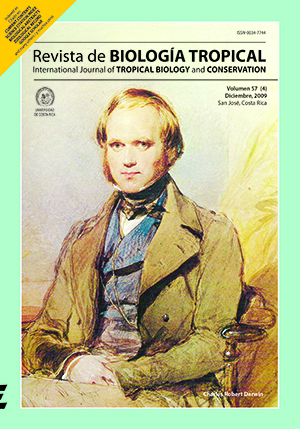Abstract
Crotalic envenomation represents the highest number of deaths when compared to other snakebite envenomations of medical interest. Crotalic venom has important characteristics such as neurotoxicity, myotoxicity, nephrotoxicity, and clotting and hemolytic action. We evaluated the clinical and laboratory aspects of Crotalus durissus terrificus experimental envenomation in Wistar rats treated with antivenom and the aqueous extract of the plant Mikania glomerata. The animals were divided into three groups: Group C (control); Group VS-venom and antivenom; Group VSM-venom, antivenom and aqueous extract of M. glomerata. Crotalic poison caused clinical and laboratory alterations in Wistar mice. Significant clinical alterations were: temperature decrease, edema in the venom inoculated member, sedation and a locomotion decrease in groups VS and VSM when compared with group C. A faster recovery from sedation was observed only for animals of group VSM when compared to VS. There was an increase in the number of leukocytes, neutrophils and creatine kinase in the VS and VSM groups, compared to group C. Wistar rats showed a high resistance to crotalic venom. Additional studies with different doses, time of treatment, different administration methods and histopathological and immunological studies are necessary to understand the action of M. glomerata in crotalic accidents.##plugins.facebook.comentarios##

This work is licensed under a Creative Commons Attribution 4.0 International License.
Copyright (c) 2009 Revista de Biología Tropical






